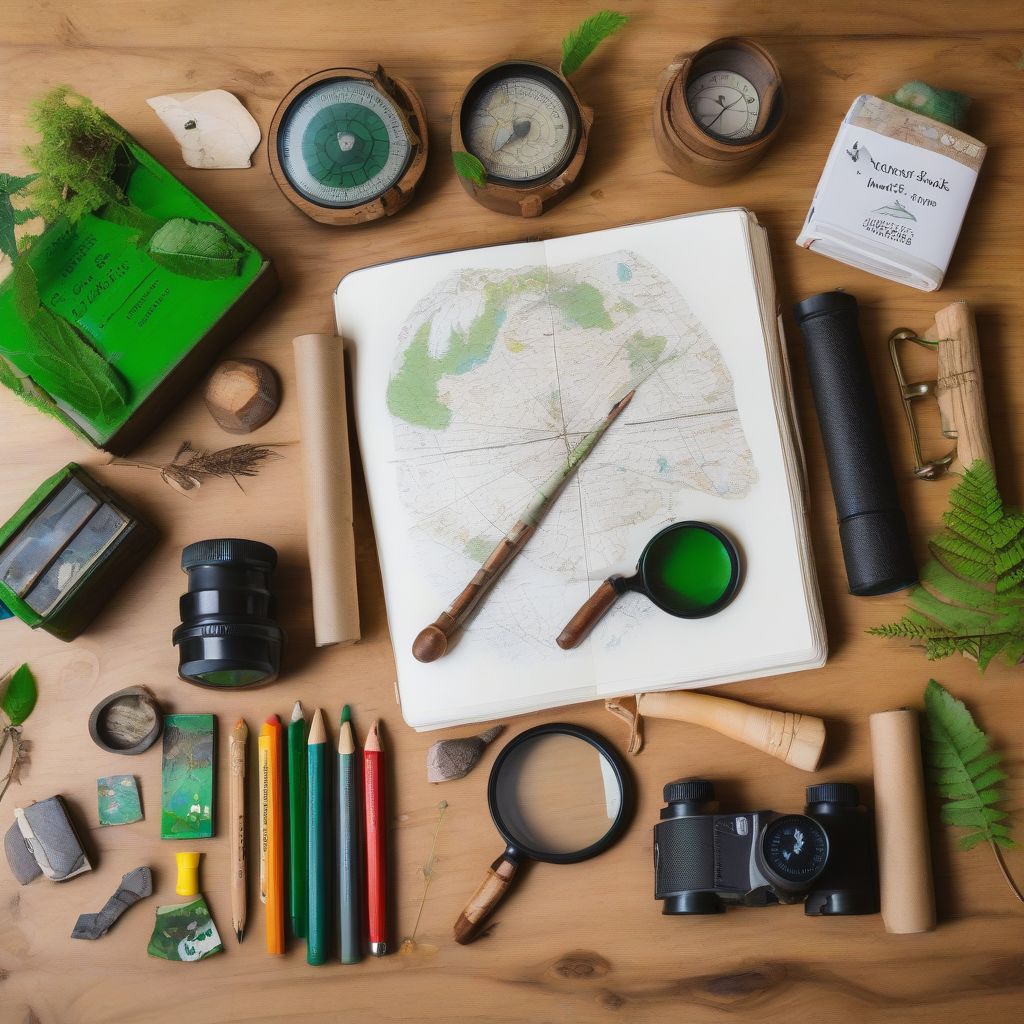“A mind is like a parachute. It doesn’t work unless it’s open.” – Frank Zappa.
As parents, we all want our children to thrive. We dream of raising curious, engaged, and well-rounded little humans. One of the best tools we have to achieve this? A well-stocked educational toolkit bursting with engaging activities and resources!
But how do you create an educational toolkit that truly sparks your child’s love for learning? This comprehensive guide will equip you with everything you need to know, from choosing age-appropriate materials to incorporating fun and interactive elements.
Building Your Toolkit: Essential Elements
Think of your child’s educational toolkit as a treasure chest filled with diverse tools that cater to different learning styles and interests. Here are some key components to include:
1. Literacy and Language Arts Essentials:
- Books, books, books!: Fill your shelves with a variety of genres, including fiction, non-fiction, poetry, and biographies. Choose books that align with your child’s interests and reading level.
- Writing Supplies: Encourage creativity with pencils, crayons, markers, construction paper, and a dedicated journal.
- Word Games: Make learning fun with Scrabble Junior, Boggle Jr., and other age-appropriate word games that build vocabulary and spelling skills.
2. STEM Stars: Igniting a Passion for Science, Technology, Engineering, and Math:
- Building Blocks: Classics like LEGOs and magnetic tiles foster spatial reasoning, problem-solving, and fine motor skills.
- Science Experiment Kits: Introduce the wonders of science with hands-on experiments. Look for kits that align with your child’s interests, whether it’s volcanoes, crystals, or the human body.
- Coding Toys and Apps: In our technology-driven world, coding is an invaluable skill. Introduce your child to age-appropriate coding games, apps, and robotic toys.
3. Arts and Crafts: Unleashing Creativity and Imagination:
- Art Supplies: Stock up on art essentials like paint, crayons, colored pencils, clay, and construction paper.
- Musical Instruments: Encourage musical exploration with instruments like a keyboard, recorder, or a set of drums.
- DIY Craft Kits: Explore different art forms like jewelry making, knitting, or pottery with engaging craft kits.
4. The Great Outdoors: Nature as a Classroom
- Magnifying Glass: Encourage your child to become a mini-explorer by observing insects, plants, and rocks up close.
- Binoculars: Perfect for bird watching and exploring the world from afar.
- Nature Journal: Provide a dedicated journal for your child to record observations, draw pictures, and write about their outdoor adventures.
 Nature Exploration Kit for Kids
Nature Exploration Kit for Kids
[amazon bestseller=”kids nature exploration kit”]
5. Educational Games and Puzzles: Learning Disguised as Fun
- Board Games: Games like Ticket to Ride, Carcassonne, and Settlers of Catan teach valuable skills like strategy, negotiation, and resource management.
- Puzzles: From jigsaw puzzles to logic puzzles, these brain-boosting activities enhance spatial reasoning, problem-solving, and critical thinking.
Curating Your Toolkit: Tips and Tricks
- Consider Your Child’s Age and Interests: Choose materials that are age-appropriate and align with your child’s passions.
- Prioritize Open-Ended Play: Opt for toys and resources that encourage imagination, creativity, and problem-solving rather than those with a single, predetermined outcome.
- Incorporate Variety: Include a diverse range of materials that cater to different learning styles and interests.
- Make it Accessible: Organize your toolkit in a way that is easily accessible to your child.
- Rotate Materials Regularly: Keep things fresh and exciting by rotating the materials in your toolkit every few weeks.
Educational Toolkit: A Lifelong Gift
Creating a well-rounded educational toolkit for your child is an investment in their future. It’s about fostering a love for learning, sparking curiosity, and equipping them with the tools they need to thrive. As you embark on this journey, remember to make it fun, engaging, and tailored to your child’s unique interests and strengths. Happy learning!
What are some of your favorite items to include in your child’s educational toolkit? Share your ideas and tips in the comments below!
